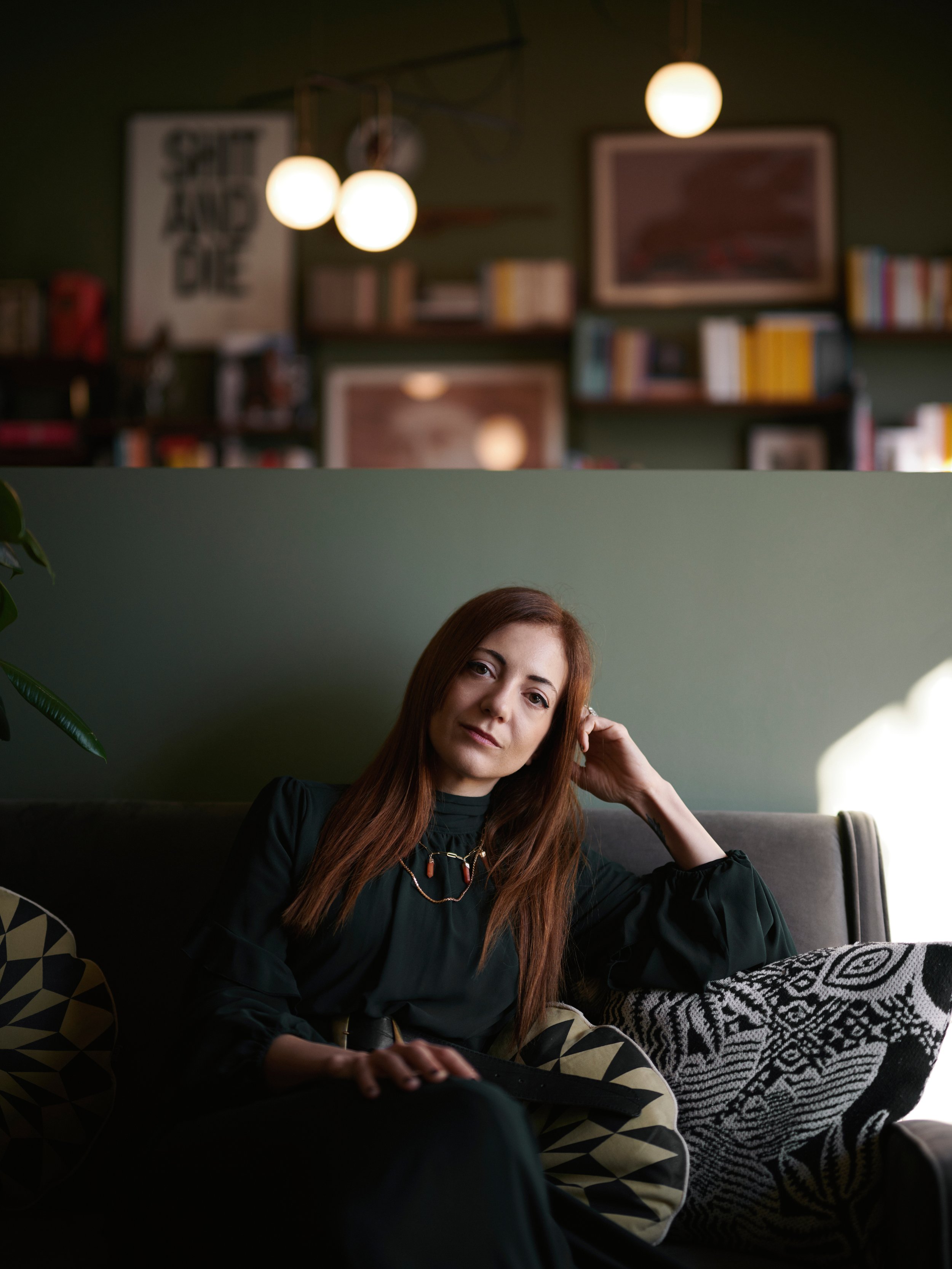Identity and self-awareness in art
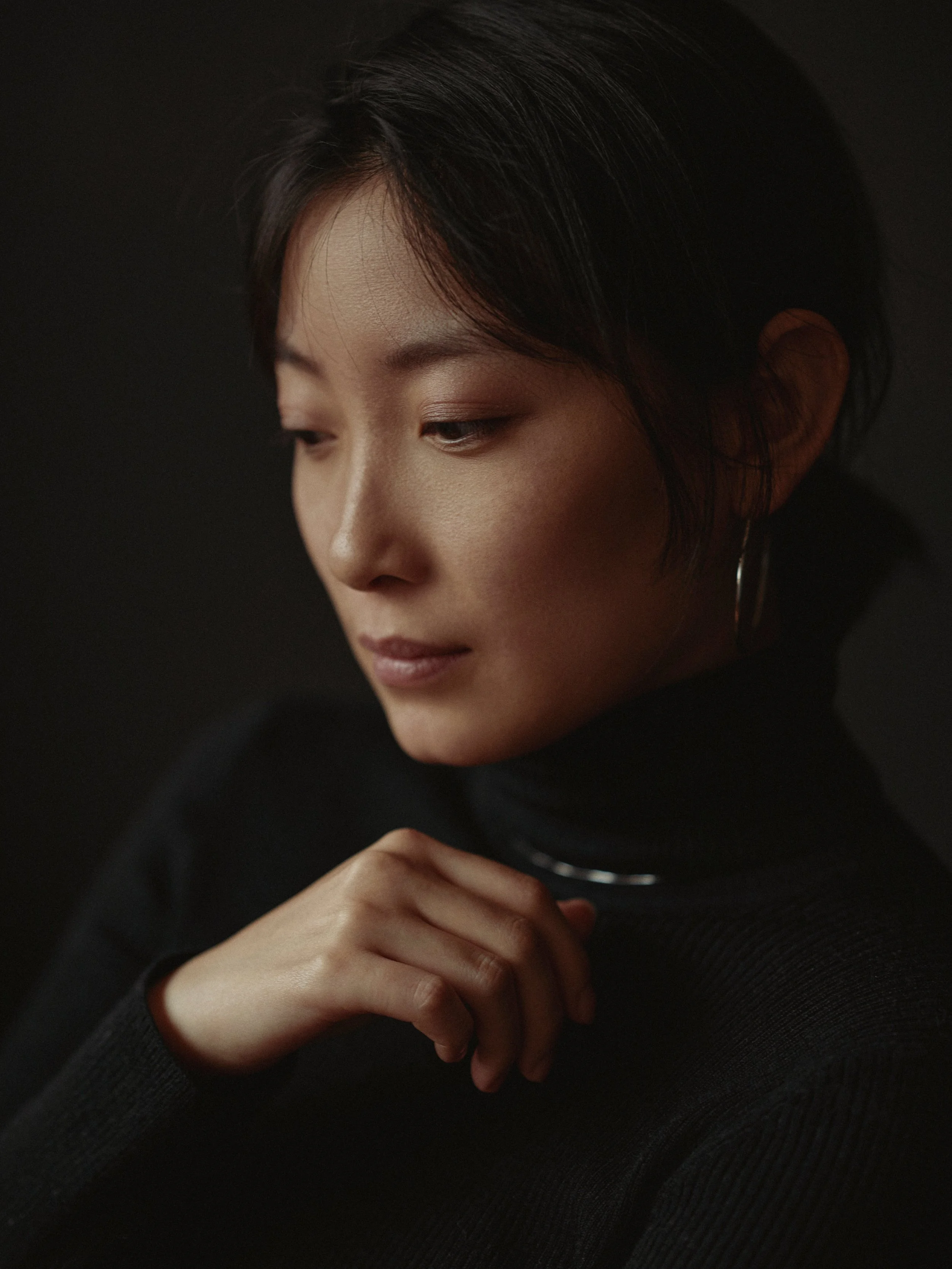
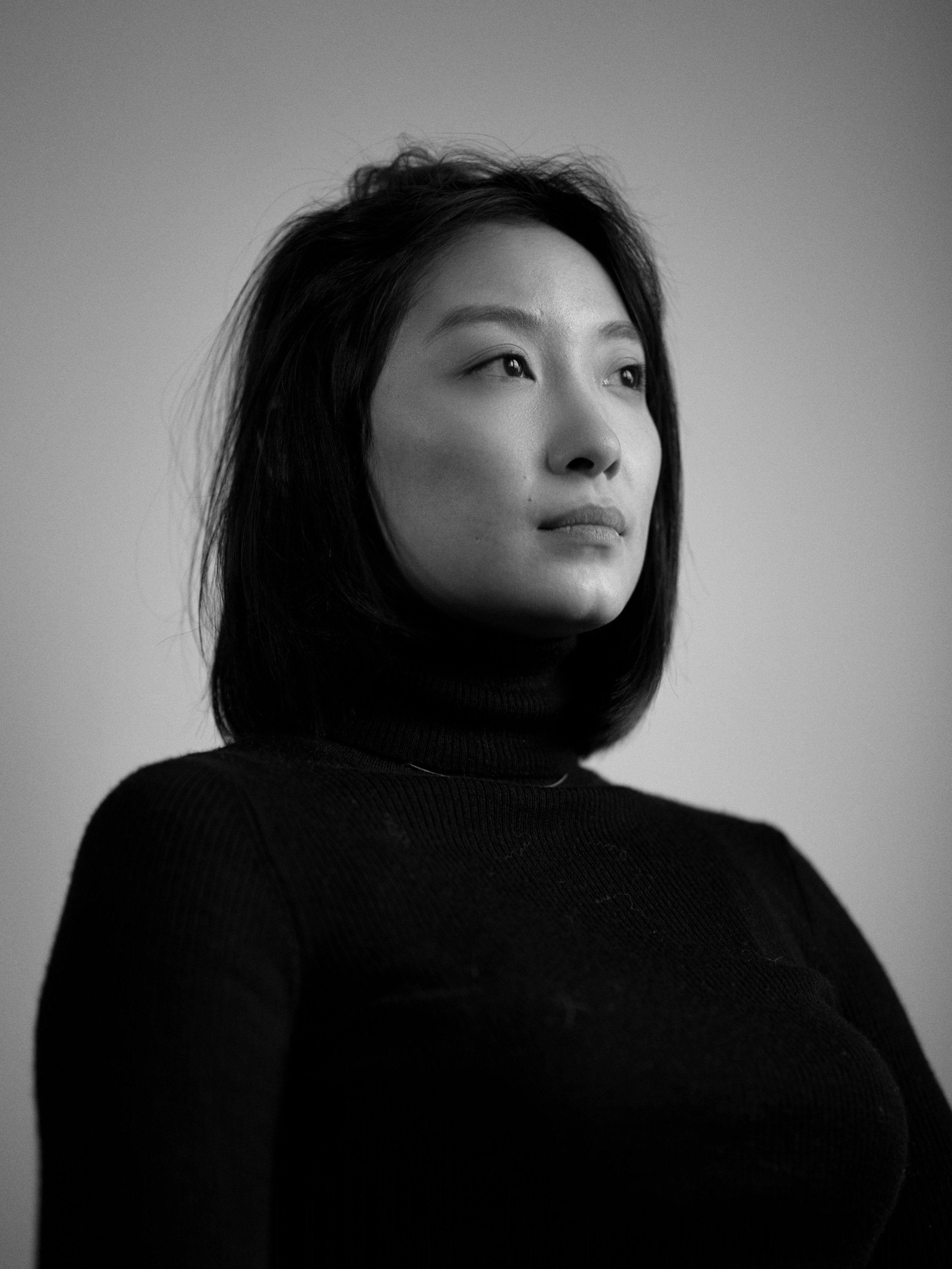
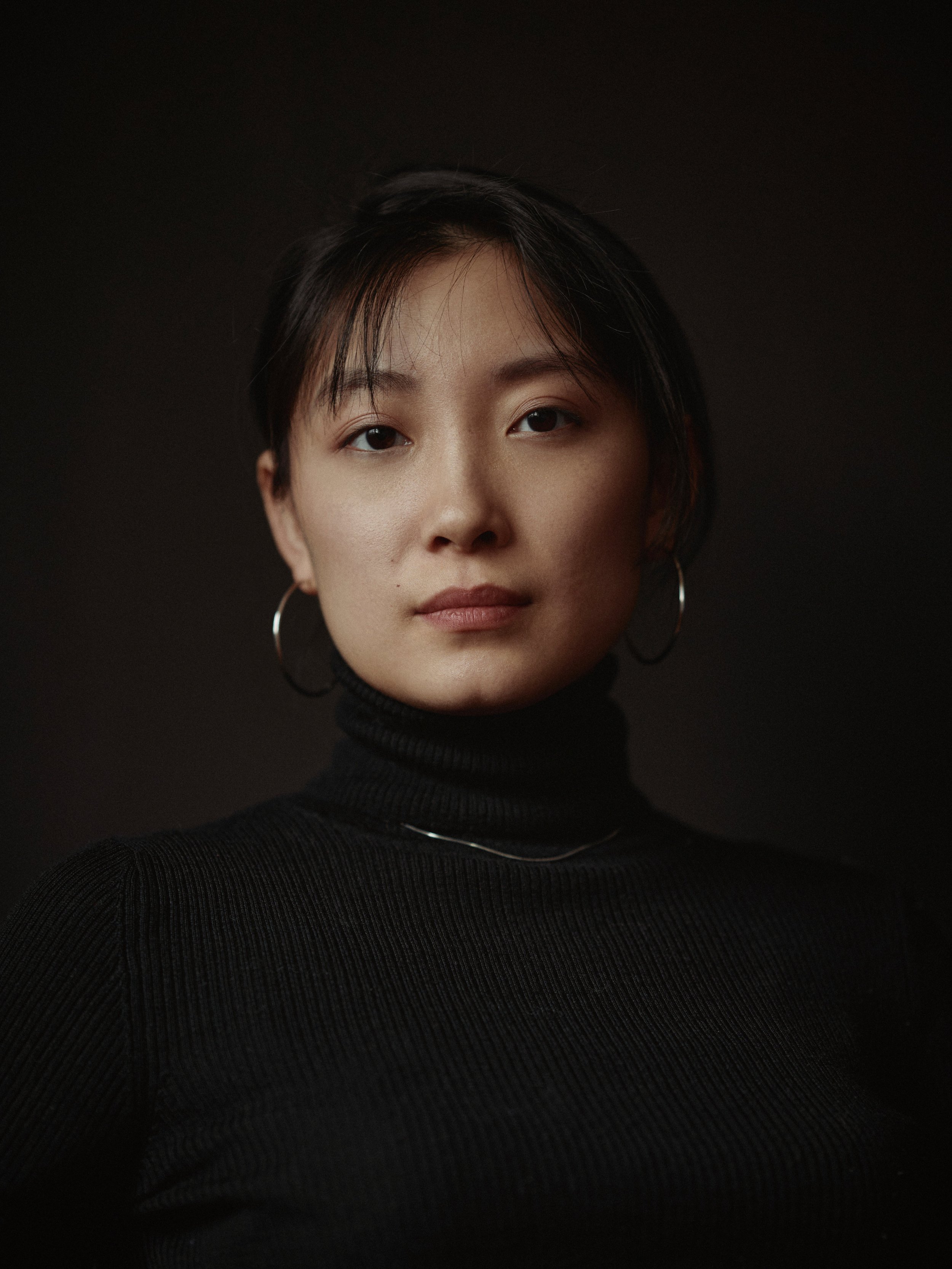
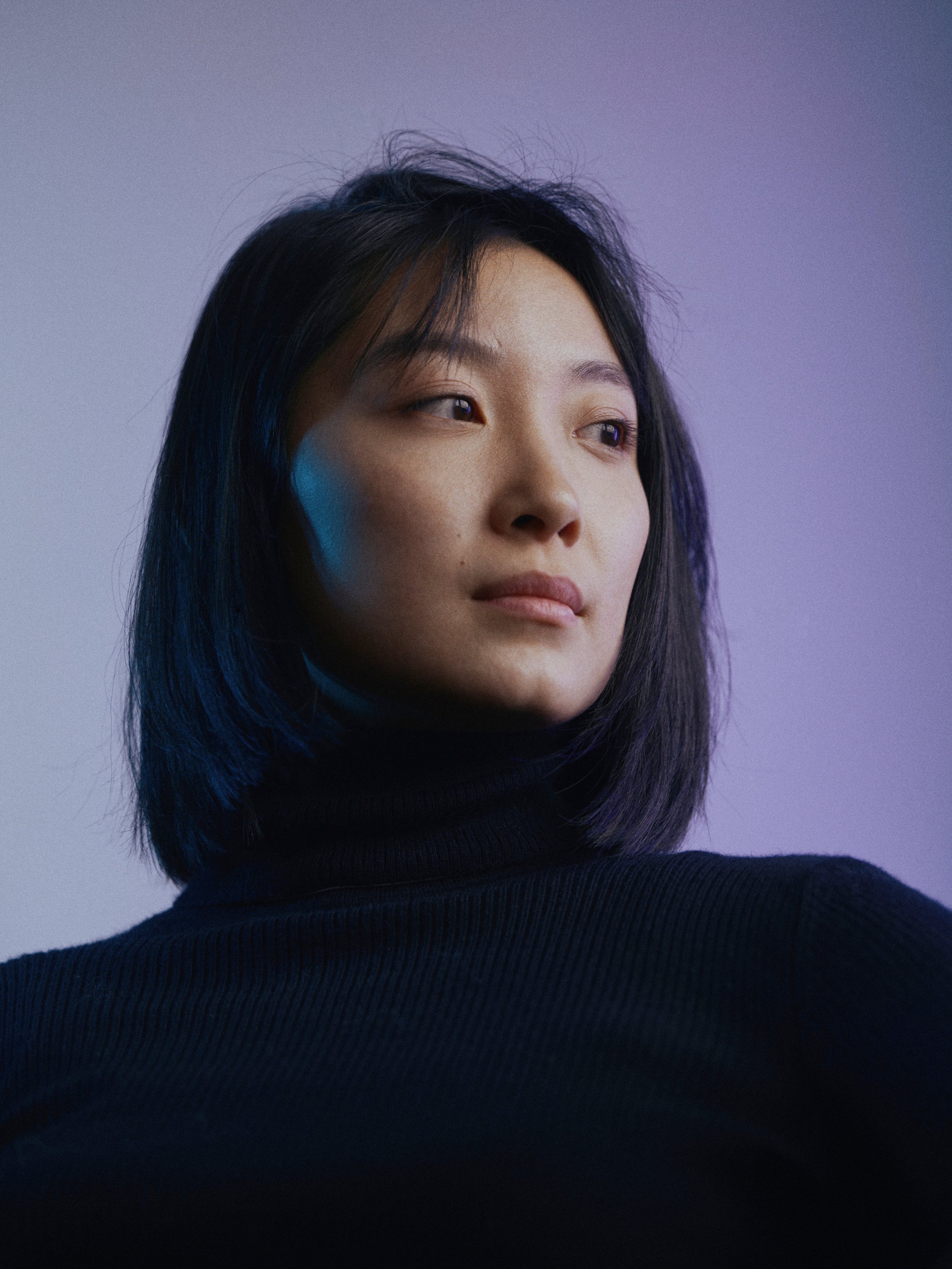
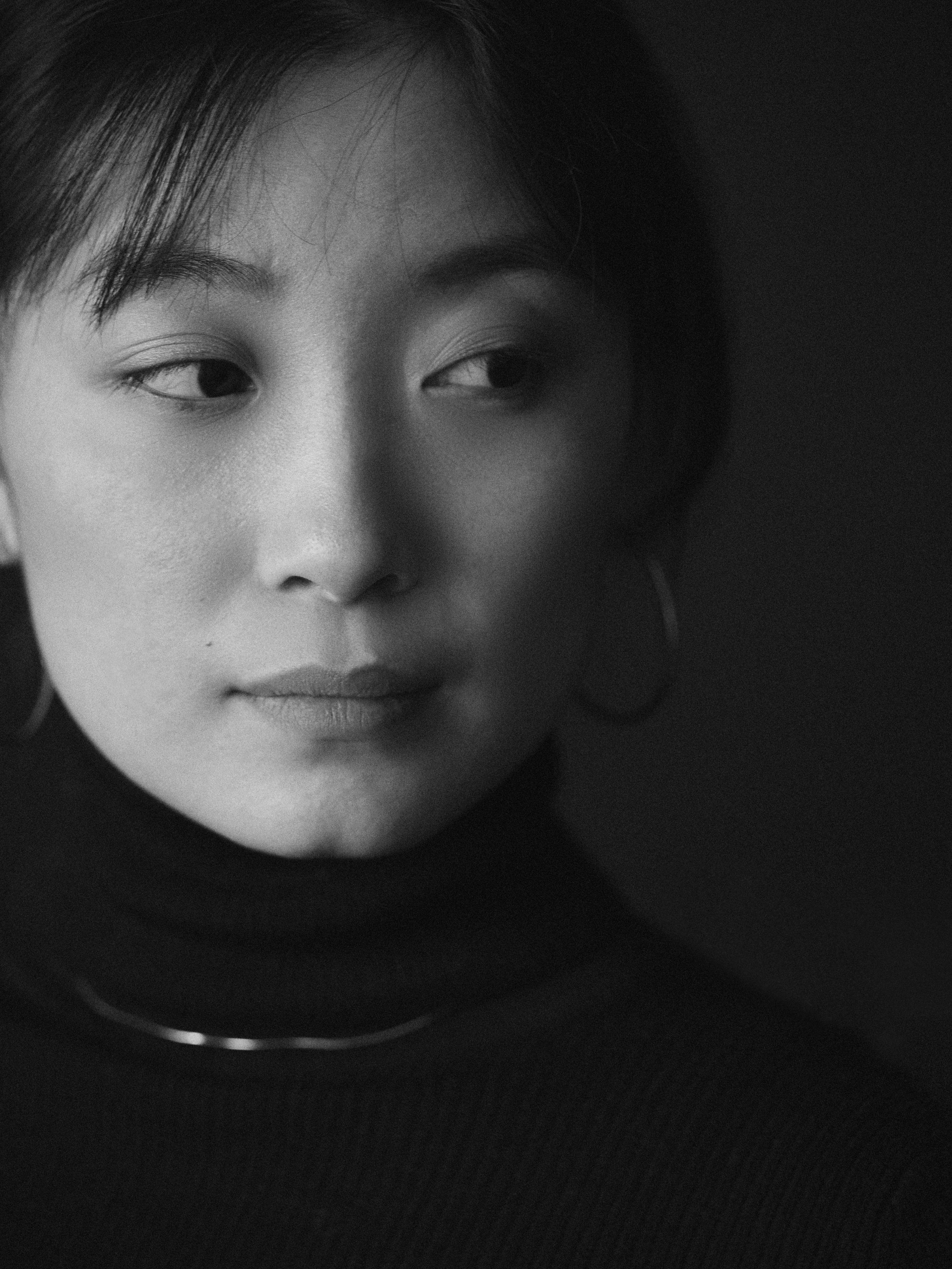
Wang Mengyin is an independent curator from China (Dalian) living and working in Milan. In our conversations, we delved into her relationship with art and the importance of constantly questioning one's perspective.
Photo: Lorenzo Morandi
Conversation: Lorenzo Morandi, Wang Mengyin
LM: How did you become interested in art?
WMY: I was never a focused child, and I didn't know what my path would be until my teenage years. When I was a student in China, daily life revolved around school and extracurricular lessons. I spent all my free time painting and listening to music on the radio. Painting and music gave me a brief escape from a competitive environment. Like all Chinese students, I encountered the Italian Renaissance through the “Three Masters of Literature” (Dante, Petrarch, and Boccaccio) and the “Three Masters of Painting” (Leonardo da Vinci, Michelangelo, and Raphael). In one of the few art classes I attended at school, I came across Botticelli's Primavera, sitting in class, wearing my school uniform, I was captivated by the beauty of these images and the mystery of a language so distant from me.
LM: What motivated you to come to Italy?
WMY: With my limited aesthetic educational background, I decided to come to Florence, the heart of the Renaissance. I wanted to become a painter.
LM: Did you find what you were looking for in Italy?
WMY: In China, I learned to paint following predetermined rules, adhering to a strict method. I rarely tapped into my identity and self-awareness in art. I was used to copying, representing portraits, objects, and situations as they existed in reality. During my studies at the Academy of Fine Arts in Florence, no one told me what to do anymore. The concepts of right and wrong in art no longer made sense. Paradoxically, art became increasingly distant for me. My mental order and everything I thought I knew about art were challenged. I no longer had an interest in applying the techniques I had learned as an artist. It was then, after removing all boundaries and limits, that I began to question what art really was. I abandoned the path of painting, and in the struggle with myself and with art, art unsurprisingly triumphed, leading me to new territories, to a behind-the-scenes place that is both intimate and detached from the artist.
LM: What impact did this radical change in perspective have on your life?
WMY: Art has led me down a different path. I moved to Milan to study with curator Marco Scotini at NABA. Curatorial studies and visual arts were fundamental in building independent knowledge about contemporary art and developing critical thinking. This was also the key to preserving my passion for art and fueling my professional growth as a curator. During my curatorial study, as an assistant in Marco Scotini's curatorial group, I had the honor of meeting contemporary Chinese artists Mao Tongqiang, on the occasion of the solo exhibitions “Private Archive” and “Da Shi Tang (The Great Canteen)” at Prometeo Galleria Ida Pisani, and Li Binyuan, during the second Yinchuan Biennale. At that time I had my first close contact with artists, and I became curious about their lives and artistic creations. I even had the opportunity to help Mao Tongqiang as an interpreter and speak to collectors Uli Sigg and Rita Sigg, and I have to admit that these experiences were very influential for me as a fledgling.
LM: From artist to curator: how has your relationship with art and artists changed?
WMY: A mere and curious attitude form the essence of my relationship with artists. When I refer to the curator's work with the artist, I don't like to use the word “discovery”. I believe the two identities are always complementary and subtly influence each other through deep communication and understanding. I am convinced that there should be no dominant position aimed at an end goal in this relationship. If that were the case, the motivations would become suspicious, and the experience itself would be of little interest
LM: Who are your reference points in this field?
WMY: Hans Ulrich Obrist is the curator I admire the most for he had a clear interest in curating right from the start. He is also very executive, extraordinary in connecting interesting people from different fields and disciplines. He managed to break curatorial rules and conventions such as time and space. Undoubtedly, reading his book helped me tremendously.
LM: Where do you think you are in your journey right now?
WMY: Even though I've had some opportunities to curate or co-curate exhibitions independently, for me, these are all points in a continuous and non-linear process of growth. I think it's crucial in certain situations to be able to go back to that moment when I felt defeated by art. A condition of confusion and loss of certainty capable of providing new impulses and stimulating new discourses on art.
Related stories



